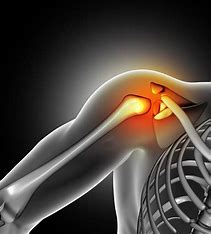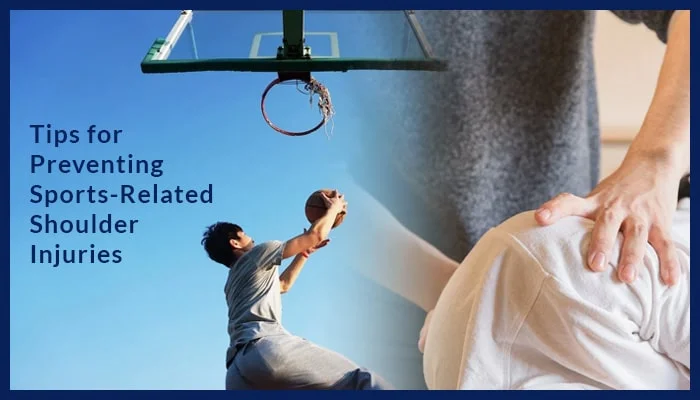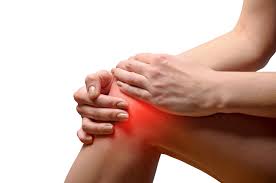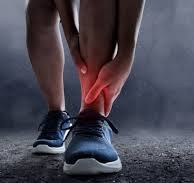From Diagnosis to Dunking: Navigating Treatment Options for Sports-related Shoulder Injuries
Sports-related shoulder injuries can be debilitating for athletes, impacting not only their performance but also their overall quality of life. Navigating the journey from diagnosis to recovery requires a comprehensive understanding of available treatment options and a tailored approach to rehabilitation. By exploring various treatment modalities, athletes can regain strength and mobility, ultimately returning to the court, field, or arena with confidence.

Regaining Strength and Confidence
Recovery from a sports-related shoulder injury can be a challenging journey, but with dedication and proper guidance, athletes can achieve remarkable results.
- Seeking prompt medical attention and beginning treatment as soon as possible can prevent the worsening of shoulder injuries and facilitate a faster recovery process.
- Educating athletes about their injury, treatment options, and rehabilitation process empowers them to actively participate in their recovery journey and make informed decisions about their health
Diagnosis is the first step in addressing sports-related shoulder injuries. A thorough assessment by a qualified healthcare professional, often including imaging studies such as MRI or ultrasound, is essential to determine the extent of the injury. Once diagnosed, the treatment plan may include a combination of conservative measures and, in some cases, surgical intervention.
Conservative treatment options for sports-related shoulder injuries typically include rest, ice, physical therapy, and anti-inflammatory medications. Physical therapy plays a crucial role in rehabilitation, focusing on strengthening the muscles surrounding the shoulder joint, improving flexibility, and restoring range of motion. Additionally, modalities such as ultrasound, electrical stimulation, and manual therapy may be utilized to enhance healing and alleviate pain





